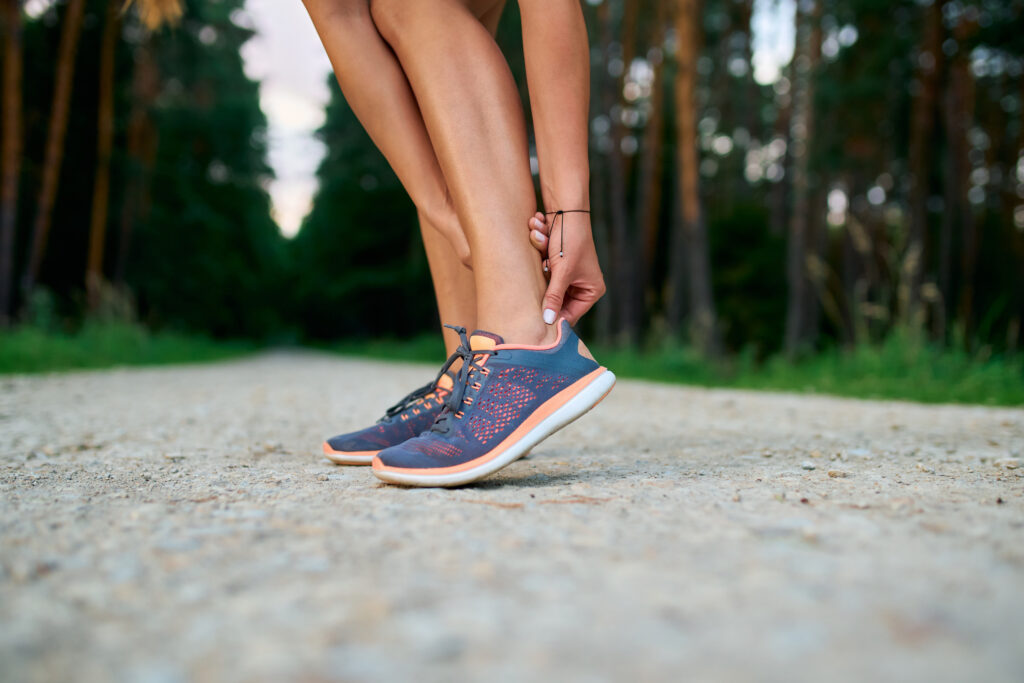
What is achilles tendinopathy?
Achilles tendinopathy is a condition that causes pain, stiffness, and swelling in the Achilles tendon. The thick band of tissue that connects your calf muscles to your heel bone. It is often caused by overuse, especially in runners or people who suddenly increase their activity levels.
Symptoms
- Pain and stiffness in the back of the heel, especially in the morning
- Pain that worsens with activity and improves with rest
- Swelling or thickening of the tendon
- Tenderness when touching or squeezing the tendon
- Difficulty walking or rising onto tiptoes
Causes and risk factors
- Sudden increase in physical activity (e.g. running, jumping)
- Poor footwear or training on hard/sloped surfaces
- Tight or weak calf muscles
- Being overweight
- Age (more common over 30 years old)
- Certain medications (e.g. fluoroquinolone antibiotics)
- Underlying conditions like diabetes or inflammatory arthritis
Diagnosis
Achilles tendinopathy is usually diagnosed by:
- Clinical assessment: based on symptoms and physical examination
- Imaging (e.g. ultrasound or MRI) is rarely needed unless symptoms are severe or not improving
Self-care and management
1. Activity modification
- Reduce or avoid activities that worsen symptoms (e.g. running, jumping)
- Switch to low-impact activities like swimming or cycling
2. Pain relief
- Use paracetamol or ibuprofen as needed
- Avoid anti-inflammatories in the early stages if advised by your clinician
3. Footwear and support
- Wear cushioned, supportive shoes
- Consider heel lifts or orthotics to reduce tendon strain
4. Exercises
Rehabilitation exercises are key to recovery and should be done daily and progressed gradually. These should be bespoke to you and a clinician can guide you through an ‘Achilles Tendinopathy Loading Programme’ to restore function and reduce pain.
When to seek medical advice
- Pain persists beyond 6 to 8 weeks. Consider self-referring to the local MSK service
- You experience sudden, severe pain or a snapping sensation (may indicate tendon rupture). Please attend your local emergency department (A&E) immediately
Outlook
- Most people recover within 3 to 6 months with consistent self-care and exercise
- Tendons heal slowly. Patience and persistence are important
- Surgery is rarely needed and only considered if symptoms are severe and long-lasting